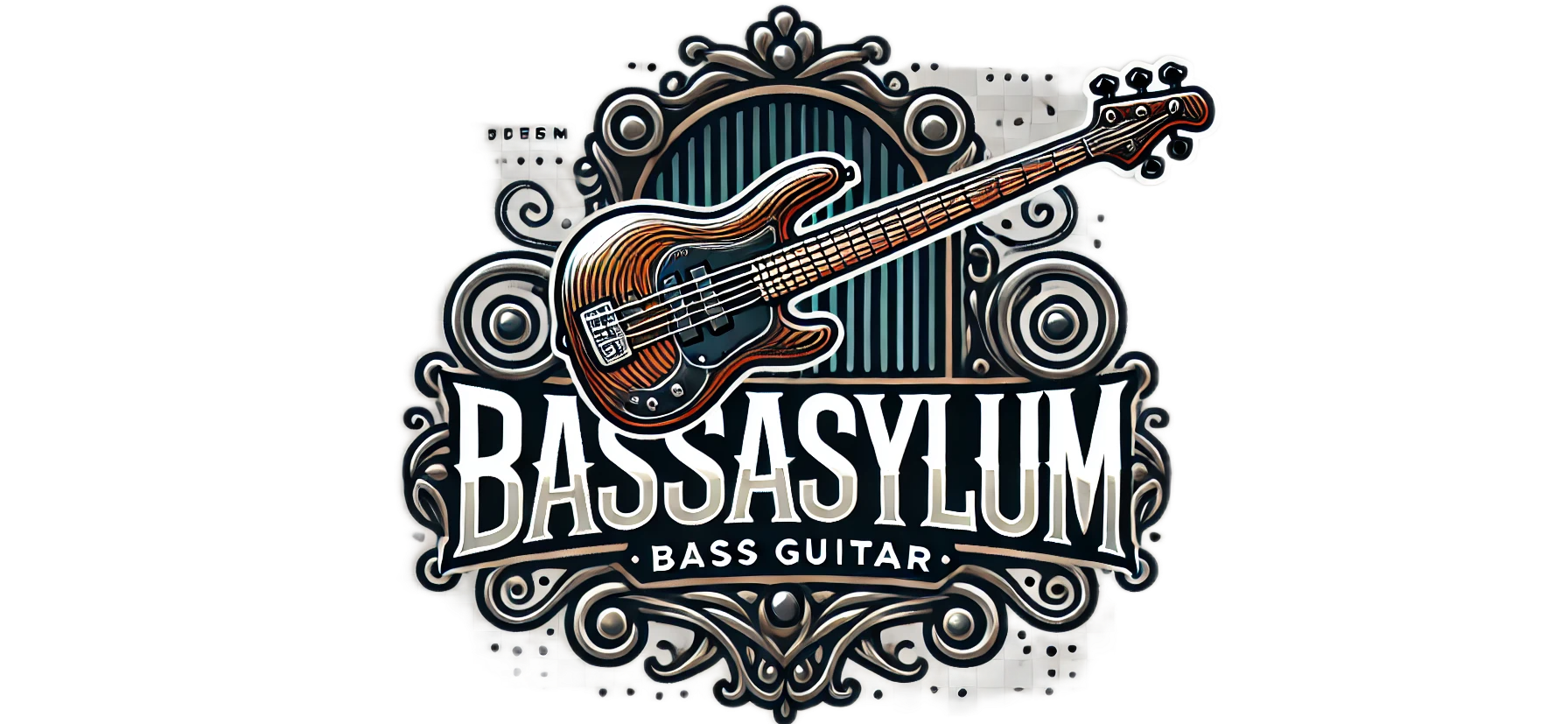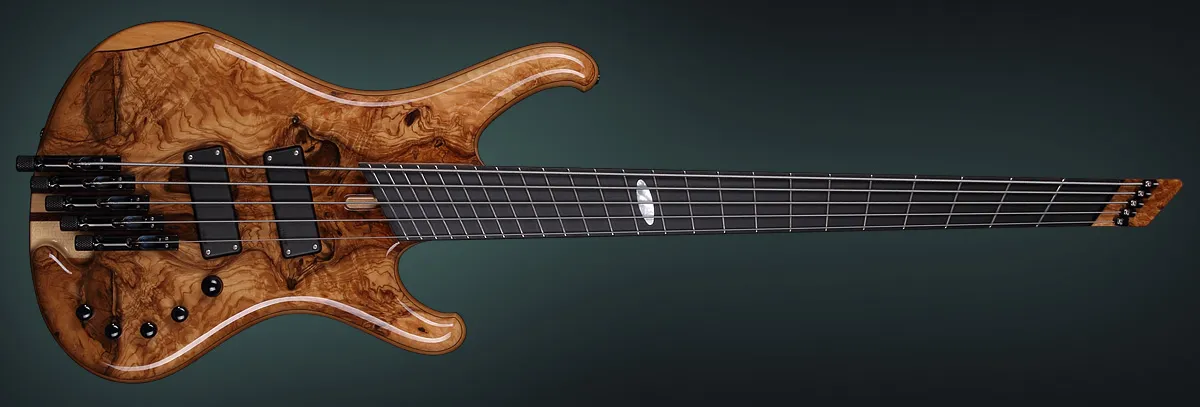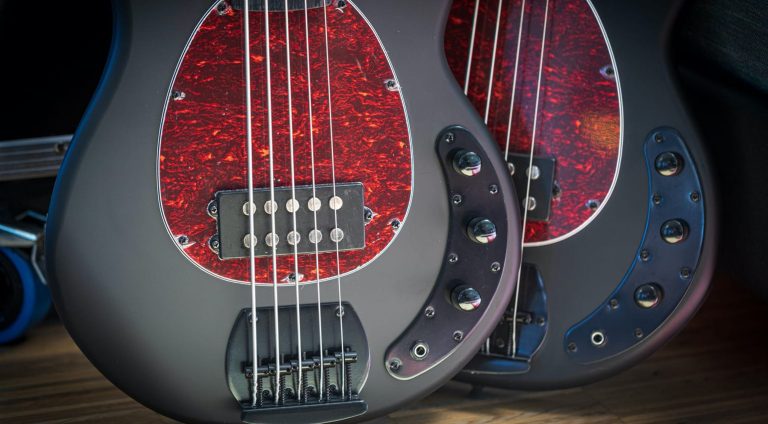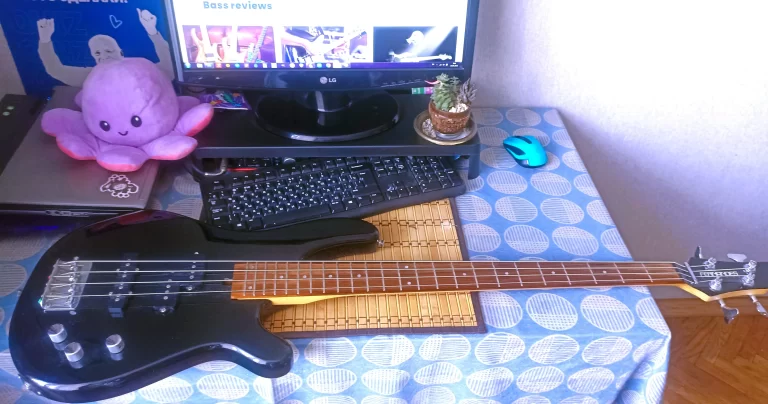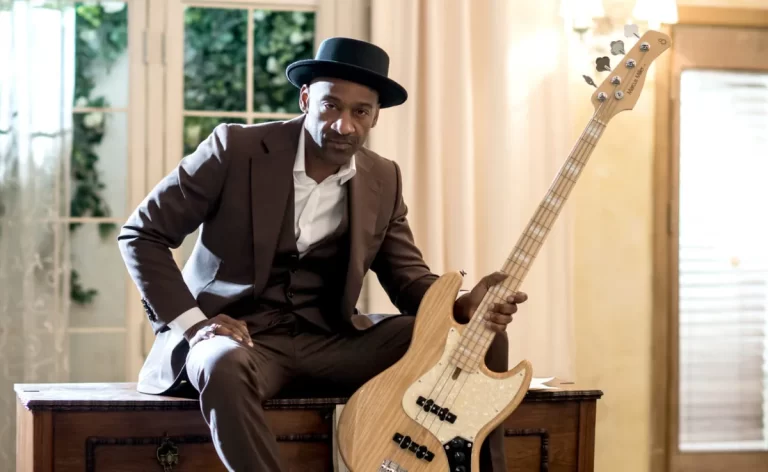Fanned fret bass – do you really need it? (yes)
Despite the fact that fanned frets is known to man at least since the 16th century, and the first patent for fan frets was issued as far back as 1900, today not everyone understands: “Why do we need it at all?” In today’s article I will try to briefly explain why multiscale instruments, particularly bass guitars, are created.
Disclosure: Some of the links at this website could be affiliate links. This means that, at zero cost to you, I will earn an affiliate commission if you click through the link and finalize a purchase.
The multiscale bass. What are you?
Here I will try to avoid unnecessary details and charts from a textbook on acoustics and sound physics. In a nutshell, it sounds like this: with the usual parallel fret arrangement, each string has the same length and tension. Only a slight adjustment of the bridge makes it possible to fine-tune the scale.
On the other hand, the fan arrangement of the frets, the top plate and the specially angled bridge allow us to use strings of different lengths. So low strings E and B, have more length and vice versa. Typically, a normal bass guitar has a bend of 34 inches, or 35. And in the case of a fan frets, the bore is already marked by the range. The Mayones Patriot VF, for example, has a 34-37 inch bore. If your curiosity knows no bounds, you can sneak into a music school at night and look under the lid of the piano, there is a similar situation: a thicker string with a longer length is responsible for the lower notes.
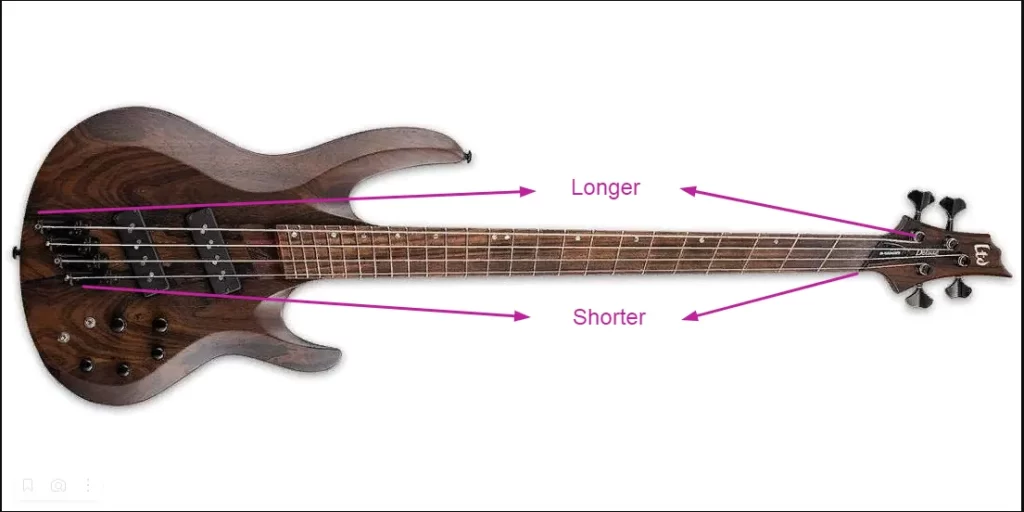
Why do we need fan frets?
You may already be asking the question, “So why bother with the bass guitar, since it’s been around for a long time and seems to be doing pretty well as it is?” I remember the heyday of forums and hundreds of pages of painful arguments about the five-string bass guitar, where low B sounds “meh”… So this problem is finally solved by fanned frets. Thick strings get more length and adequate tension, thanks to which they sound much better, cleaner and more even all over the fingerboard. You must have noticed that even open E sounds great on your bass guitar, and for example after the 12th fret the sound becomes dull, unexpressive, often “floats” relative to the notes on other strings? The fanned frets solves this problem.
In general, the theme of fanned frets is about thick strings. More about bass guitars or 7-8 string guitars. If you play a fourset – you don’t need it at all. Although if you’re using a lowered tuning, or BEAD, then again multiscale bass is for you. After all, there’s a reason Mayones made 4-string Jabba multiscale bass guitar.
They do look very stylish and modern… After all, a musician is an artist, and I believe that no matter how you look at it, the visual component is also important.
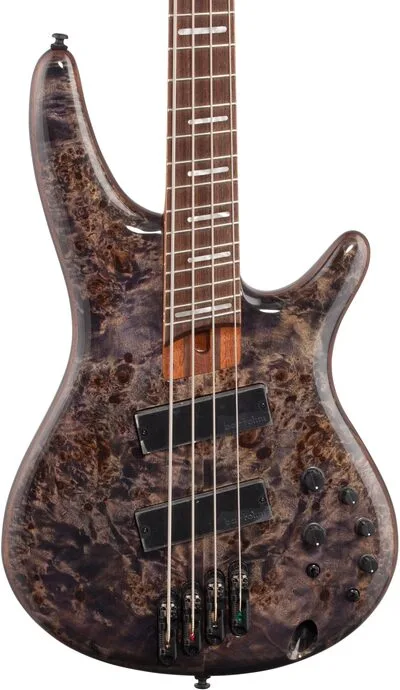
Ibanez Bass Workshop SRMS800 Multi-Scale
- Neck: SRMS4 for Multi Scale 5-Piece Jatoba/Walnut
- Fretboard: Panga Panga
- Body: Mahogany
- Pickups: Bartolini BH2
- Hardware: Black Matte

Ibanez BTB605MS Multi-Scale
- 5pc Maple/Walnut Neck with Graphite Reinforcement Rods
- Panga Panga Fretboard
- Okoume Body provides a bright and solid sound
- Ibanez Custom Electronics 3-Band EQ
- Neck-Through Construction and 37-35 Inch Multi Scale
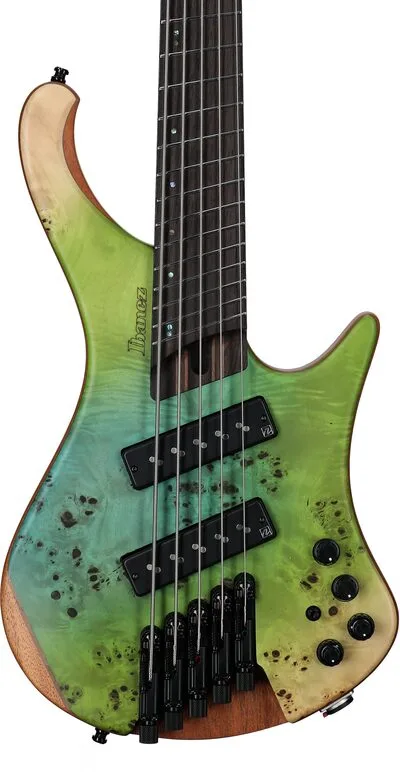
Ibanez EHB1005MS Bass Guitar
- Neck: 5pc Roasted Maple/Walnut neck with Graphite reinforcement rods
- Body: Selected light weight American Basswood
- Pickups: Bartolini BH2
- Controls: EQ bypass switch (passive tone control on treble pot)
- EQ: Vari-mid 3-band EQ
Anatomically, our palm is a fan, which kind of hints that it’s just made for fan fretting. Perhaps the multiscale bass gives you some kind of speed advantage. At the very least, I assume that skillfull musicians like Adam “Getgood” Nolly of Periphery, or Jakob Umansky of Intervals, play Dingwall for a reason.
I want a multiscale bass guitar! What to do?!
Well, first of all – take it easy! Most of the time bass players don’t even need a 5-string bass… If you’ve thought carefully about what you play, how you play it, and where you play it, or you just want to itch and decided that fan fret is what you need, then you have a little quest ahead of you.
It’s a good time to talk a little bit about the drawbacks of the fanned frets on your bass guitar.
Price. The technology of groove cutting and fretting is many times more complicated, which accordingly increases the cost of bass guitar production. Do not look for cheap bass guitars with fan frets, and if you find it, then run away from it, it is 100% some kind of trick.
You have a lot of money, you just got back from Woodstock Festival, and then what? It’s easier here, but there are not so many manufacturers of bass guitars with fan frets. Of course the main ones are Mayones, Dingwall, Kiesel (if you speak about custom shop).
Cort recently put into production a multiscale bass CORT A5 Plus SCMS OPTG. My favorite Warwick company is Warwick RB Corvette Multi 5. Both are the best bargains to buy from the Thomann store.
Well, the next point, which still needs to be considered every time you buy a bass guitar, is its profitability. In other words, “How will I sell it later?” Due to the specificity and high price of the instrument, you might lose some money when you sell it.
In the end, of course, it’s up to you. Take your time, weigh pros and cons, don’t go to the bank for a loan… If you can get to a store and try to play there, maybe you will get enough of it and will let go?)
In any case, your bass guitar will find you sooner or later! Thanks for your attention! Come by if you need anything…

Hey, fellow bassists and musicians overall!
I’m nothing more than just bass player and enthusiastic blogger. Feel free to ask any questions in the comments.
Huge thanks for all crazy people who supports this resource. Keep groovin’!
